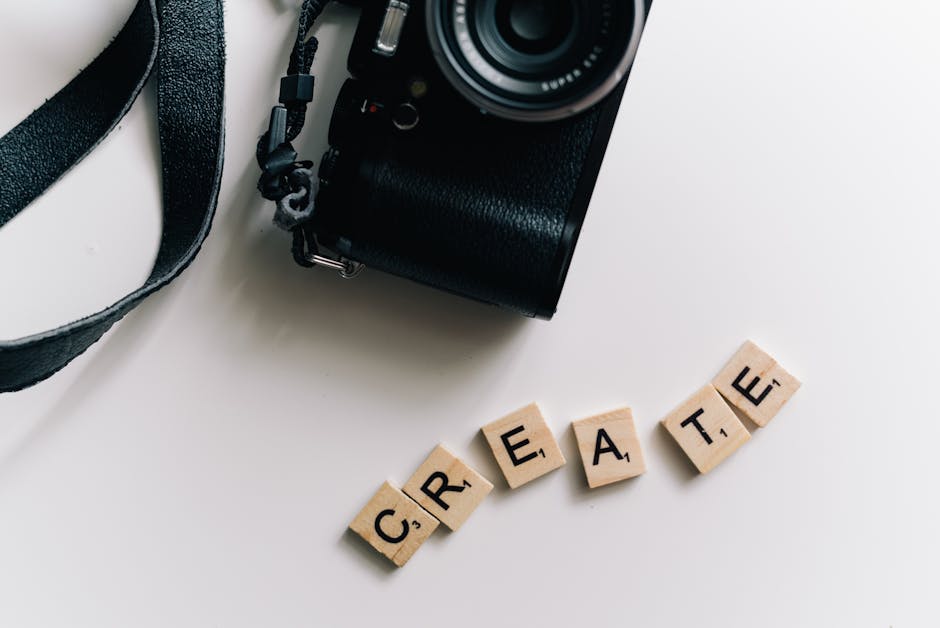How to Create a Documentary on the Arabic Alphabet 📽️
Have you ever been fascinated by the elegance and history of the Arabic alphabet? Creating a documentary on this topic could open doors to understanding a rich cultural heritage. From its ancient origins to its modern applications, the Arabic alphabet holds tales waiting to be told. Let’s dive into how you can craft a compelling documentary that captures the essence of this beautiful script.
Table of Contents
1. Understanding the Arabic Alphabet
2. Crafting Your Documentary Narrative
3. Assembling Your Film Crew 🎥
4. Filming and Production Tips
5. Editing and Finalizing Your Documentary
6. Conclusion
7. FAQs
Understanding the Arabic Alphabet
Before jumping into production, it’s crucial to have a solid understanding of your subject. The Arabic alphabet is not just a set of 28 letters; it’s an integral part of Islamic art, calligraphy, and literature. Research thoroughly about its historical roots, variations in different countries, and its influence on other languages.
Crafting Your Documentary Narrative
A great documentary starts with a compelling story. Ask yourself: What story do you want to tell about the Arabic alphabet? Is it the evolution of its script, the art of calligraphy, or its impact on culture and identity? Whatever your focus, ensure your narrative is clear and engaging, drawing viewers into the world of Arabic script.
Assembling Your Film Crew 🎥
Creating a documentary is a team effort. Assemble a crew that shares your passion for storytelling. You’ll need a director, a cinematographer, a sound technician, and an editor, at the very least. Look for individuals who have experience with cultural documentaries and understand the nuances of filming in diverse environments.
Filming and Production Tips
When it comes to filming, consider the locations that best represent the Arabic alphabet’s legacy. Whether it’s the bustling markets of Marrakech or the serene mosques of Istanbul, choose spots that add authenticity and texture to your documentary. Capture interviews with experts, artists, and native speakers to add depth and credibility to your film.
Editing and Finalizing Your Documentary
The editing phase is where your documentary comes to life. Assemble your footage to create a cohesive narrative. Pay attention to pacing, ensuring that each segment transitions smoothly to the next. Add visual and audio elements that enhance the storytelling, such as traditional music or calligraphy visuals. Finally, review and refine your documentary until it flows seamlessly.
Conclusion
Creating a documentary on the Arabic alphabet is an enriching journey that not only educates but also inspires. By capturing the history, beauty, and significance of this script, you contribute to a broader understanding of a vital cultural element. So grab your camera, assemble your team, and start telling the story of the Arabic alphabet today!
FAQs
1. Why is the Arabic alphabet important to study?
The Arabic alphabet is significant due to its historical, cultural, and religious importance. It is the script of the Quran and has influenced numerous languages and cultures.
2. How long does it typically take to produce a documentary?
The timeline can vary widely depending on the scope and resources available. However, a documentary of this nature might take anywhere from a few months to over a year to complete.
3. What equipment is essential for filming a documentary?
At a minimum, you’ll need a high-quality camera, microphones, lighting equipment, and editing software. Drones and stabilizers can also enhance your visuals.
4. Can I focus on a specific aspect of the Arabic alphabet in my documentary?
Absolutely! Focusing on a particular angle, such as calligraphy or its evolution, can provide a unique and engaging perspective.
5. How can I distribute my finished documentary?
Consider film festivals, online platforms like YouTube or Vimeo, and educational channels. Partnering with cultural institutions can also help in reaching a wider audience.






